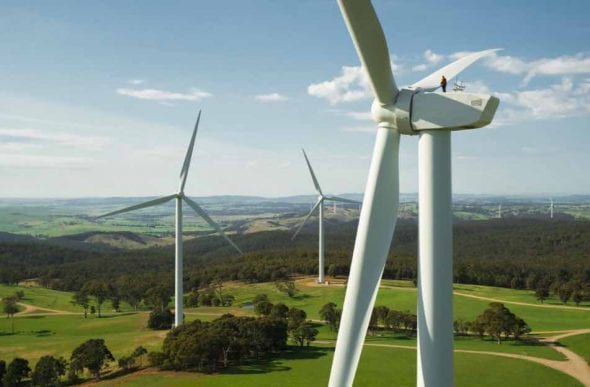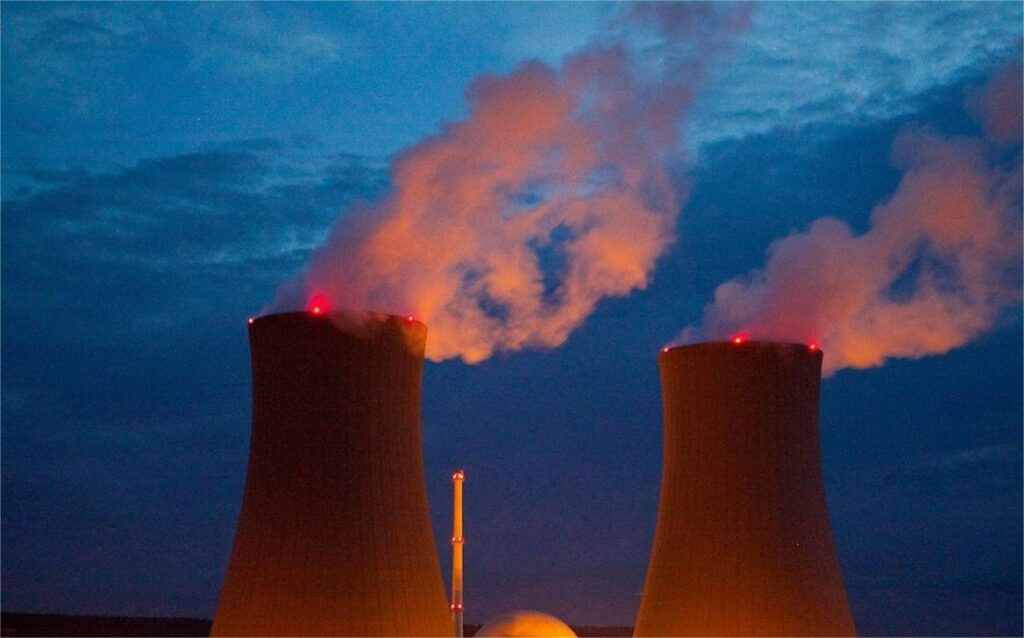The Department of Energy (DOE) has greenlit five new renewable energy projects with a combined capacity of over 500 megawatts (MW) to proceed with a crucial system impact study (SIS) in coordination with the National Grid Corporation of the Philippines (NGCP).
The SIS, a mandatory step for all major power projects, will determine if the current grid infrastructure can handle the additional energy load from these new sources.
Among the approved projects is JBD Water Power Inc.’s 200-MW wind farm in the Abra-Kalinga region. Also in the pipeline is a 160-MW wind project in Negros Occidental by Freya Renewables Inc., and an 80-MW wind installation in Camarines Sur proposed by Amihan Power Inc.
Two other projects include the 30-MW Botong-Rangas geothermal facility in Sorsogon by Energy Development Corp. and a 50-MW solar power plant in Camarines Sur by PAVI Green Camsur Renewable Energy Inc.
These approvals are part of a broader national push to accelerate clean energy development. As of April, the DOE has endorsed 40 projects for SIS in 2025 alone—30 of which are in the renewable sector.
Surge in Clean Energy
The Philippines is eyeing a significant surge in renewable energy capacity, with more than 11 gigawatts (GW) targeted for rollout by 2030. According to the DOE, solar power will lead the charge with an estimated 8,431 MW in new installations, most of which are expected to go online between 2024 and 2026.
Wind energy is expected to follow with 2,233 MW in projected capacity, while hydropower, geothermal, and biomass projects are estimated to contribute 847 MW, 122 MW, and 50 MW respectively.
The Marcos administration has pledged to reduce the country’s reliance on coal-fired power plants and increase the renewable share in the energy mix from 22 percent to at least 35 percent by 2030. Private sector participation is seen as a key component in meeting this ambitious goal.
“The growing number of renewable project endorsements underscores our commitment to a cleaner, more resilient energy future,” the DOE said in a statement.




















